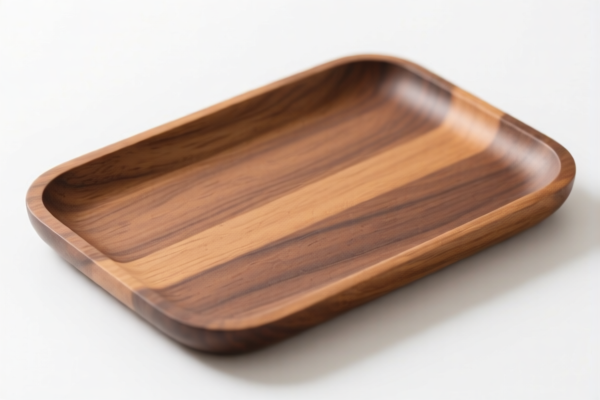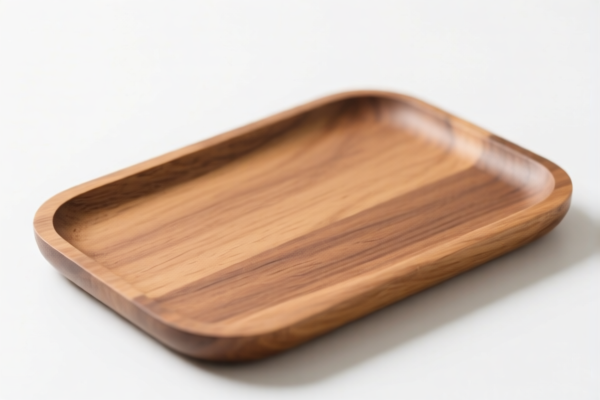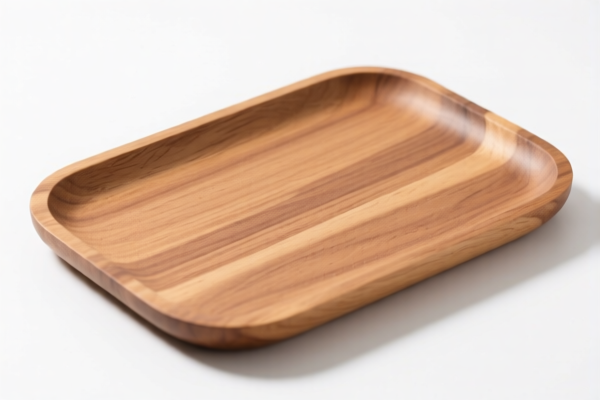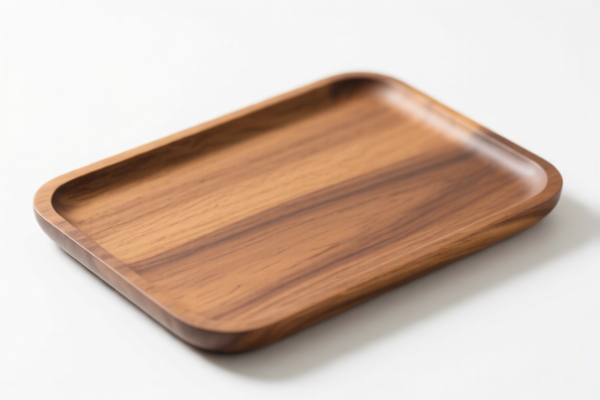| HS Code | Official Doc | Tariff Rate | Origin | Destination | Effective Date |
|---|---|---|---|---|---|
| 4819502000 | Doc | 55.0% | CN | US | 2025-05-12 |
| 4819504060 | Doc | 55.0% | CN | US | 2025-05-12 |
| 4823700020 | Doc | 55.0% | CN | US | 2025-05-12 |
| 4823901000 | Doc | 55.0% | CN | US | 2025-05-12 |
| 6914108000 | Doc | 64.0% | CN | US | 2025-05-12 |
| 6914908000 | Doc | 60.6% | CN | US | 2025-05-12 |
| 6909900000 | Doc | 59.0% | CN | US | 2025-05-12 |
| 6909195095 | Doc | 59.0% | CN | US | 2025-05-12 |
| 3923400050 | Doc | 60.3% | CN | US | 2025-05-12 |
| 3926901000 | Doc | 40.9% | CN | US | 2025-05-12 |
| 3926909989 | Doc | 42.8% | CN | US | 2025-05-12 |




Egg Tray
An egg tray (also known as an egg carton or egg case) is a container designed to hold and protect eggs. They are commonly used for storage, transportation, and sale of eggs.
Material
Egg trays are most frequently made from the following materials:
- Pulp-based cardboard: This is the most common material, made from recycled paper and molded into shape. These are biodegradable and relatively inexpensive.
- Plastic: Typically polystyrene or PET, plastic trays are reusable and offer greater durability. However, they are less environmentally friendly.
- Foam: Often expanded polystyrene, foam trays provide excellent cushioning but are not easily recyclable.
- Paper mache: A less common, traditionally handmade option.
Purpose
The primary purpose of an egg tray is to:
- Protect against breakage: The individual compartments cushion each egg, preventing cracks during handling and transport.
- Facilitate storage: Trays allow for organized and efficient storage of eggs in refrigerators or other cool, dry locations.
- Enable transport: Trays provide a secure way to move eggs without damage.
- Retail display: Trays are used in stores to present eggs to customers.
Function
Egg trays function by:
- Shock absorption: The molded shape and material absorb impact forces.
- Individual egg containment: Each compartment isolates eggs, preventing them from colliding with each other.
- Stackability: Most trays are designed to be stacked, maximizing space efficiency.
- Ventilation: Some trays have ventilation holes to allow air circulation, helping to maintain egg freshness.
Usage Scenarios
- Grocery stores: Displaying and selling eggs to consumers.
- Farms: Collecting, transporting, and storing eggs.
- Restaurants and bakeries: Receiving and storing eggs for use in cooking.
- Home use: Storing eggs purchased from stores or collected from personal poultry.
- Craft projects: Used as a base for various art and DIY projects.
Common Types
- Cardboard Trays (Pulp Egg Cartons): The most widely used type, available in various sizes and configurations (6, 12, 18, 24, 30 egg capacity).
- Plastic Trays: Reusable and often clear for easy visibility, commonly used in commercial settings. Available in various sizes.
- Foam Trays: Primarily used for transportation due to their superior cushioning, less common due to environmental concerns.
- Paper Pulp Trays with Lids: Offer increased protection and are sometimes used for shipping or specialty egg types.
- Reusable Plastic Trays with Lids: Designed for multiple uses, often found in restaurants or catering.
Egg trays fall under several potential classifications based on their material and specific characteristics. Here's a breakdown of relevant HS codes based on the provided information:
- 4819.50.20.00: This code covers cartons, boxes, cases, bags, and other packing containers of paper, paperboard, cellulose wadding, or webs of cellulose fibers. This would apply if the egg tray is made from these materials. The tax rate is a base tariff of 0.0%, an additional tariff of 25.0%, and 30.0% after April 2, 2025, resulting in a total tariff of 55.0%. This code specifically includes sanitary food and beverage containers.
- 4819.50.40.60: Also covering cartons, boxes, cases, bags, and other packing containers of paper, paperboard, cellulose wadding, or webs of cellulose fibers, this code is for "Other" packing containers. Similar to 4819.50.20.00, it has a tax rate of 55.0% (0.0% base, 25.0% additional, 30.0% after April 2, 2025).
- 3926.90.10.00: This code covers other articles of plastics and articles of other materials of headings 3901 to 3914. Specifically, it applies to buckets and pails. If the egg tray is made of plastic, this code may be applicable, with a tax rate of 40.9% (3.4% base, 7.5% additional, 30.0% after April 2, 2025).
- 3926.90.99.89: This code also covers other articles of plastics and articles of other materials of headings 3901 to 3914, but for "Other Other" articles. If the egg tray is made of plastic and doesn't fall under the "buckets and pails" category, this code may be applicable, with a tax rate of 42.8% (5.3% base, 7.5% additional, 30.0% after April 2, 2025).
Important Considerations:
The material composition of the egg tray is crucial for accurate classification. If the tray is made of paper or paperboard, codes 4819.50.20.00 or 4819.50.40.60 are likely to be appropriate. If it's plastic, codes 3926.90.10.00 or 3926.90.99.89 should be considered.
Customer Reviews
No reviews yet.